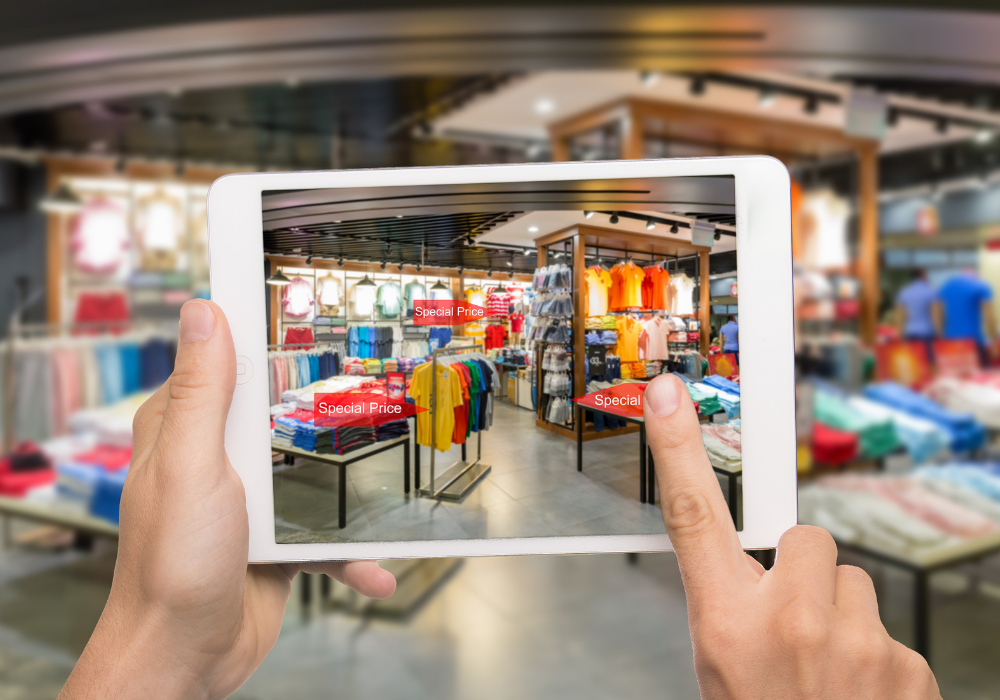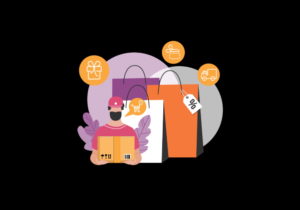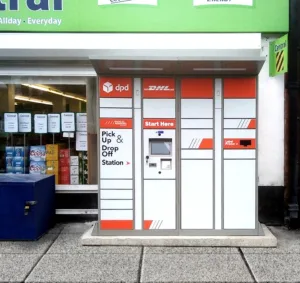By John Federman, CEO at JRNI
The experience economy is here, and that means, as McKinsey & Company puts it, that customers don’t want to just buy products and services anymore, they want to buy into an experience.
Experiential relationship management – or XRM – is the process of managing personalised experiences at scale. For all organisations, an XRM strategy can help deliver the experiences customers not only want, but expect. The types of experiences that turn a customer into a loyal customer. And doing it right means that businesses need to provide unique experiences, offer human-to-human connections, build personalised relationships, and do it all at scale.
An XRM strategy lets businesses put the customers at the forefront – here are three ways building an XRM strategy will help increase customer loyalty:
1. A customer-first approach
Customer-centricity is nothing new – but it is something that should remain core to all businesses. Every aspect of business and every experience provided should be centralised around the idea of how to exceed customers’ expectations. Several studies show that when businesses understand customer needs, it influences customer loyalty. According to Accenture, “to be truly customer-obsessed, companies need better ways to dig deep and uncover these needs.”
One of the ways to uncover these needs is through comprehensive customer data. Data is the key to transform customer engagements into personalised, memorable experiences. Using analytics allows organisations to develop insights on customer segments and behaviours to more precisely target and tailor products and services. This makes customers feel that they are understood on a deeper level – and that they are cared about. There is so much value that can be derived from diving into your data and using it to arm your staff and business with the knowledge to personalise at scale.
Personalise, personalise, personalise
Personalising the customer experience used to involve what were considered to be luxuries like personal shopping appointments or reward evenings with a glass of wine in a plush changing area. Now, customers demand personalised experiences rather than just transactions, and technology is at the heart of this.
One example is Monkhouse Schoolwear, which provides school uniform to 850 schools from its 31 UK shops. Using appointment scheduling software, Monkhouse enabled customers to book times to help flatten the “back to school” peak and provide exceptional customer service. They asked pre-booking questions to better prepare for each interaction, and with a successful appointments’ strategy, had 90% of their customers pre-book an appointment
during their busiest time. With this, they enjoyed better outcomes during COVID than they had during the same peak period the year before. Additionally, the experience was so great for their customers that they achieved an average net promoter score of 90+ through the peak trading period.
2. Enabling human-to-human connection with technology
The increase in digital transformation over the past year has certainly changed consumer behaviour, but the one thing that hasn’t changed is the need for human-to-human connection. Human-to-human engagement is one of the keys to an XRM strategy and is the main reason it will help increase customer satisfaction and customer loyalty.
Embracing technology to enable digital transformation at scale is crucial, but businesses need to keep humans at the centre of it. With artificial intelligence, chatbots, and machine learning – it’s even more important to have this focus on the human-to-human element. Because as much as we love technology, the truth is that most consumers want more interaction with a real person as technology improves. Having the right technology in place will enable the human aspect of your interactions at a new level. A strong XRM strategy and the right XRM platform will help businesses keep the focus on customers – humans who want to purchase products and services from other humans.
Connecting remotely
With the right technology, organisations can get to know every customer on a deeper level, giving them that in-person connection they crave. One example of this is through online video appointments, which can offer all the benefits of a personal shopper experience. Combining the intimacy of a one-on-one meeting, with the opportunity to showcase specific products, they represent a next-generation shopping experience that allows consumers to still enjoy the personal shopping experience they are used to getting in-store.
The latest tools enable companies to offer just about any kind of online appointment service – demonstrations, consultations, beauty tutorials, personal shopping, gift selection and product recommendations – to customers in the comfort of their own home. Offering pre-arranged remote appointments, backed by customer profiles and analytics data, not only builds loyalty but can also help staff conduct appointments that drive value and increase average transaction value.
3. Innovative and memorable experiences
An XRM strategy is also about thinking outside of the box. It’s about finding ways to connect with customers in ways that are not only positive but memorable. Creating an experience so unique that customers will not only become committed and loyal to a particular brand but will share their enthusiasm with their friends, family, and peers.
What does an innovative and memorable experience look like? There are many ways that businesses are gaining a competitive edge and standing out from the crowd with innovative experiences.
Urban Outfitters’ bridalwear brand BHLDN were able to turn transactional customers into loyal followers by providing an immersive – and personalised – experience for customers buying wedding dresses. The bridal experience is more of a one-to-many experience, to be shared with friends and family, so BHLDN offered the ability to combine scheduled appointments with virtual meetings so that everyone important to the bride could get involved with fittings and stylings, providing a memorable experience for all.
XRM allows companies to build a customer experience based on individual needs and preferences. Leveraging data and tools to increase revenue, build stronger customer relationships, and improve customer loyalty is essential. If companies aren’t already using the power of their data, providing human to human connections, creating innovative experiences and prioritising personalisation, then it’s time to start. The experience economy is here – and the organisations that are going to thrive are already implementing an XRM strategy.







